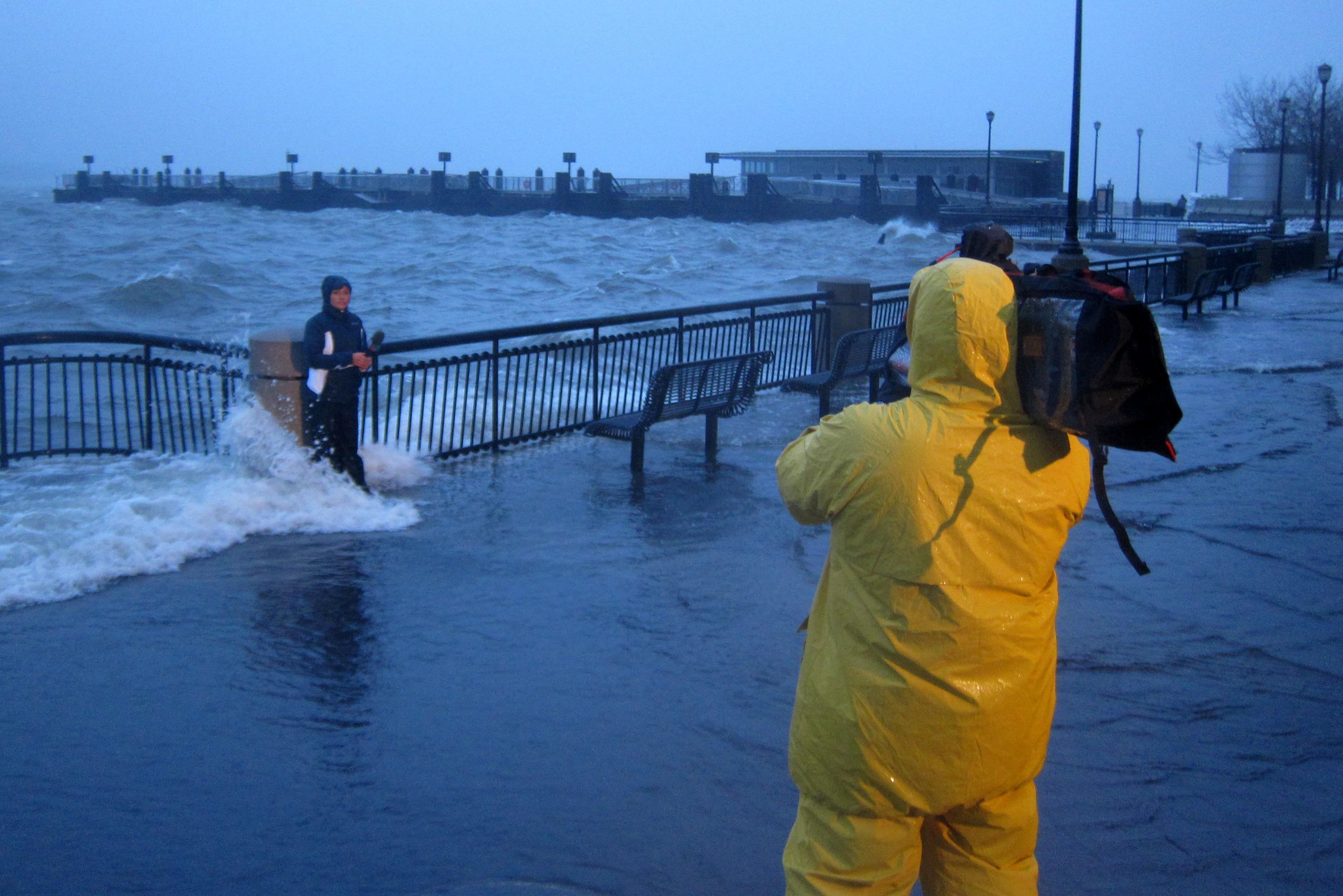Neue Zürcher Zeitung, December 30, 2005
The U.S. business press during the boom of the New Economy
Journalism without memory
The surprising thing about the analysis is journalism’s lack of memory – and how little use even highly respected business publications make of their own findings, in spite of their sophisticated electronic archives. Taking The Wall Street Journal and BusinessWeek as well as The Washington Post as examples, the AJR points out that there were several wake-up calls during the boom years of 1997 and 1998 that warned of fraud and crooked accounting long before the Enron and Tyco scandals broke – only “no one woke up”. “Reading the coverage of the past half-decade, one is struck by how much certain reporters did uncover. But even within their own news organizations, their insights were lost in a cacophony of naïve reportage that reassured us the system was sound, analysts and auditors and CEOs were basically trustworthy, and the market boom might go on forever.” The journal cites the case of the business magazine Fortune, which in the spring of 2001 published one of the first skeptical stories about Enron, but then eight months later touted Enron’s CEO as “one of the smartest people we know”.
Excessive personalization and ill-considered rankings are identified as the main means by which the media contributed to the disaster. Whereas in 1981, for instance, BusinessWeek featured only one cover story about a CEO of a large American corporation, that number had climbed to 18 by 2000. Furthermore, “The 25 Top Managers of the Year”, glorified by BusinessWeek as well as Fortune’s “The World’s Most Admired Companies” repeatedly included names “that were soon to become infamous, either for business failures (Cisco, Lucent), or for alleged criminal activity (Tyco, Enron, WorldCom)”. In the case of Enron, the AJR remarks that business publications “were still wagging their tails at Enron’s top executives, only hours before that company’s demise”.
Collective Bias
In a similar vein, the AJR exposes television stations as being instrumental in providing a platform for analysts seeking to gain media exposure as Wall Street gurus, including, those who were already known to be involved in insider dealings and who publicly recommended stocks they privately declared “crap” in e-mails to their friends. In the nineties, the AJR observes, it was “standard practice” in business journalism to pass on recommendations from an analyst “without inquiring into hidden agendas”. “In retrospect, this is hard to explain”, the AJR summarizes, disillusioned. The U.S. business press “seemed reborn each day”. The findings of the AJR report are remarkably similar to those of other communication researchers such as Hans Mathias Kepplinger, who have demonstrated in completely different areas the extent to which journalists tend to follow the herd instinct, and how easily they become victims of “collective bias” – instead of “enlightening the public” about real relations and developments.
(Translation: Fabia Zöllner)









































